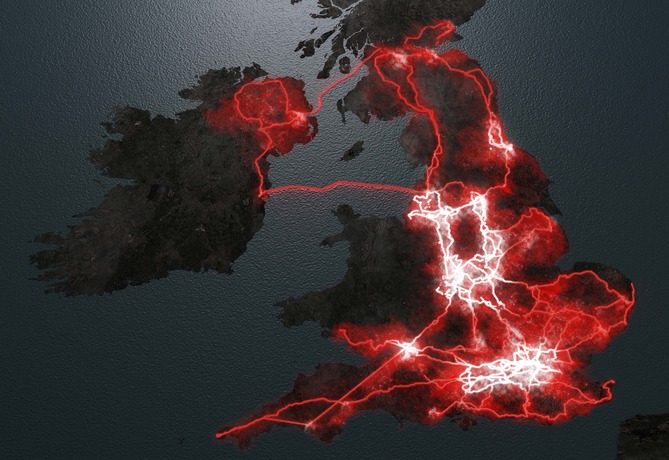The government has launched the third phase of its £190 million Local Full Fibre Networks (LFFN) Challenge, aimed at encouraging the rollout of full-fibre networks across the UK.
Like the previous phases, the third and final £95m round is to prioritise public-sector premises as anchor tenants that can lead to nearby homes and businesses receiving their own links more quickly.
The government said it’s looking for projects that enable gigabit-capable connections to key public buildings and businesses and that also encourage broadband providers to create additional connections to nearby premises.
 Rural fibre
Rural fibre
“We recently set out our ambition for a nationwide full-fibre broadband network by 2033, and initiatives like this will be instrumental in achieving that,” said Minister for Digital Margot James. “We want to hear from any local authority interested in taking part, so we can work closely with them on their plans to help them secure funding.”
The government is particularly looking for projects focused on rural or hard-to-reach areas, which aid the rollout of 5G wireless networks, which improve public sector productivity, or which aim to develop the full-fibre market for a particular area.
The new phase is to use a different process, with no fixed date for submissions.
Local bodies with an interest in bidding have been invited to submit an informal expression of interest to the programme, after which government officials will work with them to assess their projects and help them shape their approach.
The programme is part of the government’s £31bn National Productivity Investment Fund, which includes £740m earmarked for improving the UK’s digital infrastructure.




